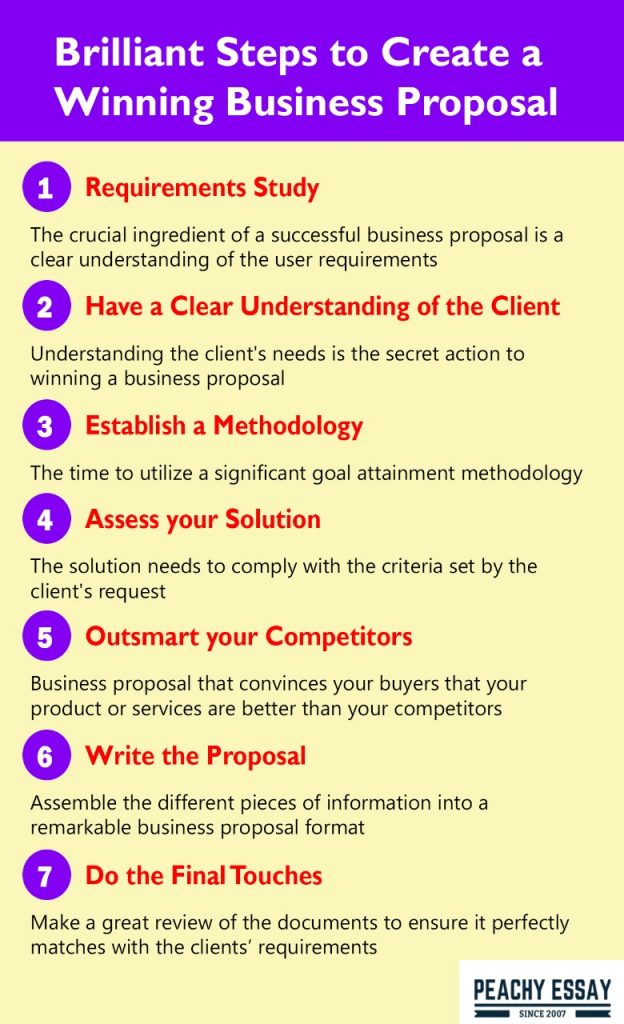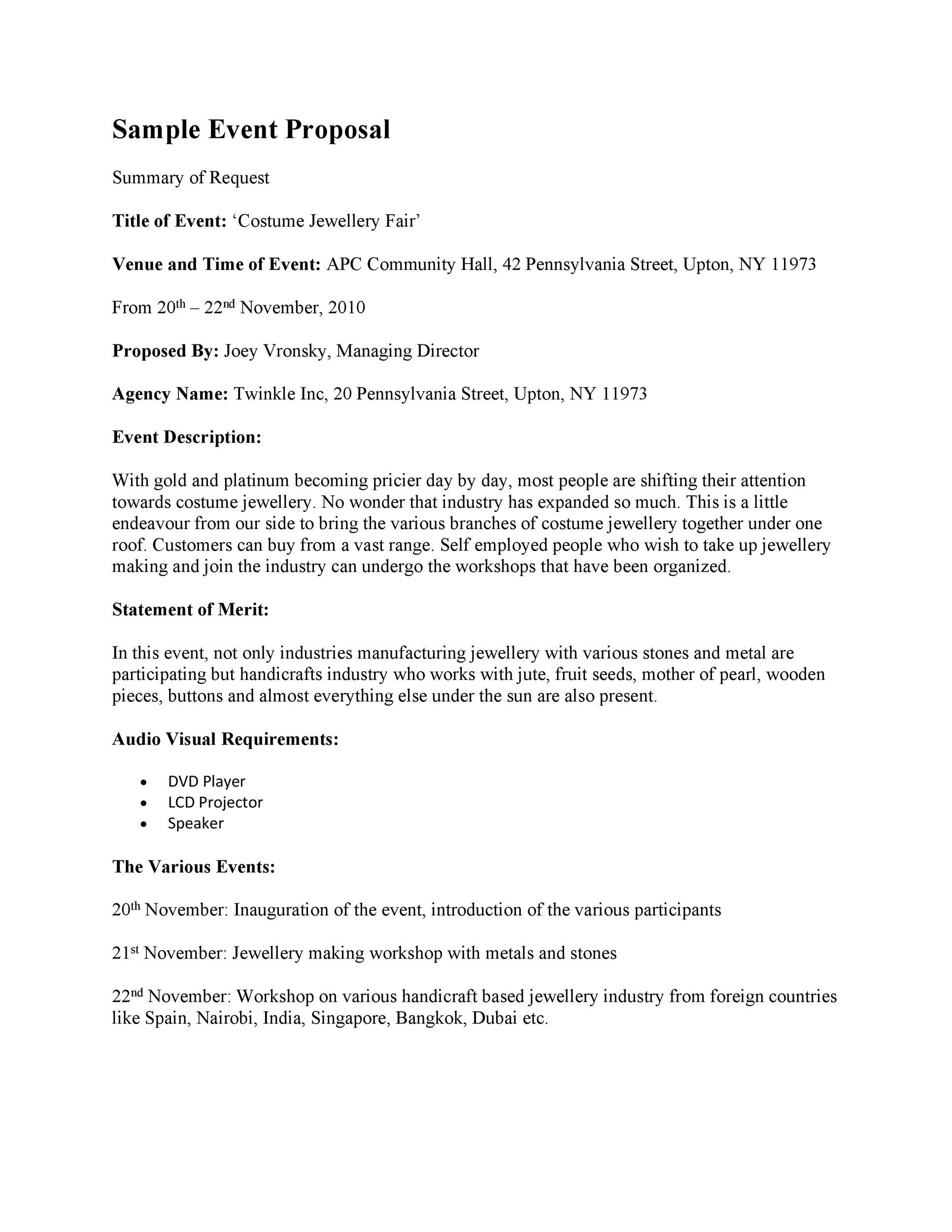
In the competitive world of business, first impressions matter. A well-crafted business proposal can be the key that unlocks the door to new opportunities, partnerships, and profitable deals. Think of it as your secret weapon, a persuasive pitch that not only showcases your ideas but also convinces potential clients that you're the right fit for their needs. So, how do you write a winning business proposal? Let's dive in and explore the art of proposal writing, step by step.
Understanding the Basics of a Business Proposal
Before we delve into the intricacies of crafting a winning business proposal, let's understand what it entails. A business proposal is a document that outlines your offer to a potential client, detailing the services or products you provide, the benefits they offer, and why your business is the best choice. It's your chance to make a compelling case and seal the deal.
The Anatomy of a Winning Business Proposal
1. Title Page
The title page is the first thing your potential client sees. Make it count. Include your company name, the client's name, the date, and a brief, catchy title that sums up your proposal.
2. Executive Summary
This is your elevator pitch. Summarize your proposal in a few concise paragraphs. Highlight the problem you're solving, your solution, and the benefits for the client. Remember, brevity is the soul of wit.
3. Table of Contents
A table of contents helps the reader navigate your proposal easily. It shows that you're organized and professional.
4. Introduction
Start with a bang. Hook the reader with a compelling introduction that sets the stage for your proposal. Explain the purpose of your proposal and why it's relevant to the client.
5. Problem Statement
Identify the client's pain points. What challenges are they facing? How can your business help solve these issues? Be specific and empathetic.
6. Proposed Solution
This is where you shine. Detail your solution, explaining how it addresses the client's problems. Use data, case studies, and testimonials to back up your claims.
7. Methodology
Outline your approach. How will you implement your solution? What steps will you take? Provide a timeline and milestones.
8. Pricing
Be transparent about your pricing. Break down the costs and explain what's included. Offer different pricing options if possible.
9. Benefits
Highlight the benefits of choosing your business. What makes you stand out? How will the client benefit from your solution?
10. Call to Action
End with a clear call to action. What do you want the client to do next? Make it easy for them to take the next step.
Crafting a Persuasive Business Pitch
Persuasive writing is an art. It's about understanding your audience and tailoring your message to resonate with them. Here are some tips to make your business pitch more persuasive:
Know Your Audience
Research your potential client. Understand their needs, preferences, and pain points. Tailor your pitch to address these specifically.
Use Storytelling
People connect with stories. Use anecdotes, case studies, or metaphors to illustrate your points. Make your proposal engaging and relatable.
Be Specific
Vague promises won't cut it. Be specific about what you offer, how it works, and the results it delivers. Use data and statistics to back up your claims.
Highlight Benefits, Not Features
Clients care about what's in it for them. Focus on the benefits of your solution, not just its features. How will it improve their business or life?
Use the Active Voice
Active voice makes your writing more engaging and easier to understand. It also conveys confidence and authority.
Keep It Simple
Avoid jargon and complex language. Keep your sentences short and your language simple. Clarity is key.
Tips for Successful Proposal Writing
Writing a successful proposal takes time and effort. Here are some tips to help you along the way:
Start with a Template
A good template can save you time and ensure you don't miss any important sections. Customize it to fit your brand and the specific proposal.
Personalize Your Proposal
Generic proposals are a turn-off. Personalize your proposal to the client. Show that you understand their unique needs and challenges.
Use Visuals

Visuals can make your proposal more engaging and easier to understand. Use charts, graphs, and images to illustrate your points.
Proofread
Typos and grammatical errors can undermine your credibility. Proofread your proposal carefully. Consider using tools like Grammarly or Hemingway Editor for help.
Get Feedback
Before sending your proposal, get feedback from colleagues or mentors. A fresh pair of eyes can catch mistakes you might have missed.
Examples of Winning Business Proposals
Looking at examples can provide inspiration and guidance. Here are some resources where you can find winning business proposals:
Conclusion
Writing a winning business proposal is a skill that can be honed with practice. It's about understanding your audience, crafting a persuasive pitch, and presenting your solution in a clear, concise, and engaging manner. Remember, a well-crafted proposal can open doors to new opportunities and profitable deals. So, are you ready to write your winning business proposal?

FAQs
1. How long should a business proposal be?
The length of a business proposal can vary depending on the complexity of the project and the client's requirements. However, a typical proposal is usually between 5 to 20 pages long.
2. What should I include in the executive summary?
The executive summary should provide a brief overview of your proposal. Include the problem you're solving, your solution, and the benefits for the client. Keep it concise and engaging.
3. How can I make my proposal stand out?
To make your proposal stand out, personalize it to the client, use storytelling and visuals, and highlight the unique benefits of your solution. Also, ensure it's well-structured, easy to read, and free of errors.
4. Should I include testimonials in my proposal?
Yes, including testimonials can add credibility to your proposal. They show that you have a track record of delivering results and can build trust with the client.
5. What should I do after submitting my proposal?
After submitting your proposal, follow up with the client. Ask if they have any questions or need further information. Also, be prepared to negotiate terms or make adjustments based on their feedback.
Posting Komentar